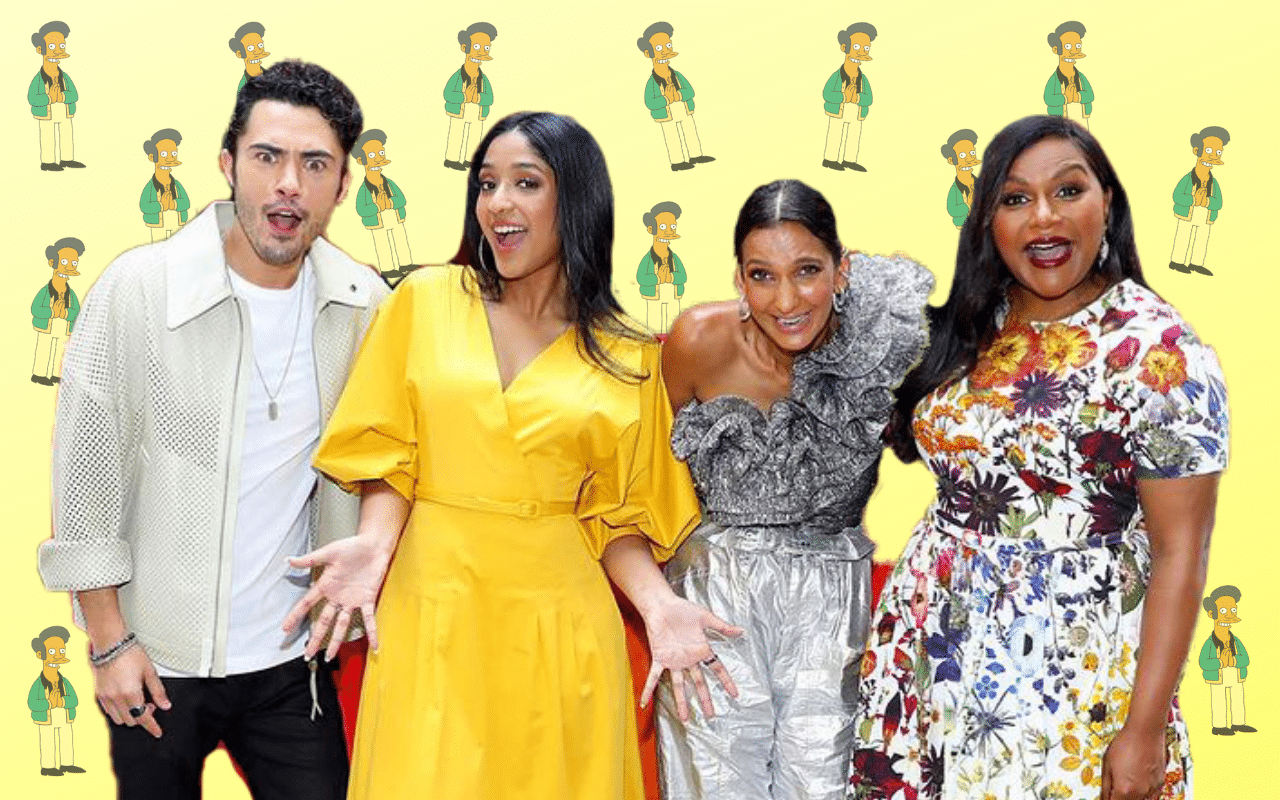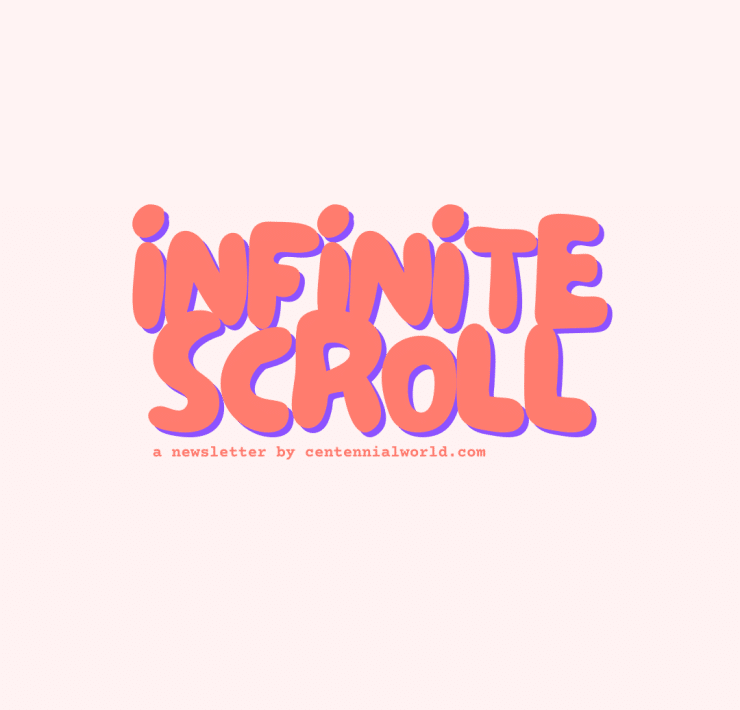
When Mindy Kaling’s inexplicably popular Netflix show Never Have I Ever came out with a second season last month, I was determined not to watch it. Allegations of casteism, ableism, lazy writing, and Islamophobia in the show aside, I didn’t think I could sit through yet another teen romance with a female protagonist of colour caught between two cultures.
But seven episodes into a very enjoyable cringe watch, I found myself deeply enmeshed in the lives of Devi and her friends. Except for one thing. The awful Indian accents that grated, jarred, and made it hard to watch.
Anyone who has ever met someone who spent their formative years in India could tell you — that’s not how we speak.
Devi Vishwakumar, an Indian-American teen, played by Indian American actor Maitreyi Ramakrishnan, was very believable in her accent and acting, as was Poorna Jagannathan as Devi’s mother Nalini, who sounded just right: like a Tamilian born in India, who moved to the US as an adult (and probably ‘code-switched’ a bit to assimilate).
But that can’t be said of the other South Asian characters.
Whether it’s Devi’s dad Mohan telling his wife not to worry because he got his bike blessed at the “tempal” or Devi’s cousin Kamala telling her to “open the TV”, anybody who wasn’t an American or Indian American on the show struggled with odd, mixed accents — lapsing into a would-be American drawl or falling back into an exaggerated “Indian” accent from time to time.
Is it just me or is #NeverHaveIEver rife with tired ethnic stereotypes and bad Indian accents? I thought we had outgrown all these old immigrant tropes and here we are dropping them into the mainstream. None of my Indian diaspora friends in Canada/US speak/think as portrayed.
— Lisa Ray (@Lisaraniray) May 6, 2020
Do the actors arrive on the #NeverHaveIEver set and are then trained to speak in that accent? Because never have I ever heard an Indian talk like that
— sahej m (@sahejjm) July 16, 2021
Never Have I Ever heard the South Indian English accent being spoken in the series of #NeverHaveIEver2
— Auwrat. (@shackledspirits) July 17, 2021
Although South Asian characters have evolved from being the diversity hire in the form of a nerdy best friend or the neighborhood convenience store owner to complex central characters like Devi Vishwakumar, Mindy Lahiri, Dev Shah, and Alex Parrish — many American shows still struggle with portraying Indian accents in a non-offensive, let alone authentic, manner.
It all began with a grumpy convenience store owner…
No discussion about exaggerated and comical Indian accents is complete without mention of The Simpsons, a satirical cartoon about life in America. The Simpsons, in the late 1980s, introduced America to one of its first easily recognisable characters of Indian origin — Apu Nahasapeemapetilon. The unpronounceable tongue-twister of a name was the first step in the othering of the only Indian character in the show, cemented by the thick, comical accent he sported.
Apu has since become the poster-child for atrocious and inauthentic depictions of South Asian accents.
Over the years, Apu’s portrayal and accent have been criticised heavily for being an offensive caricature of South Asians. After comedian Hari Kondabalu’s documentary, The Problem With Apu came out in 2017, Hank Azaria, who voiced Apu’s character, stepped down from the role and rendered an apology.
But to be fair, the 1980s happened way back in…well, the 1980s and despite all the criticism Apu’s stereotypical depiction of South Asian accents, the makers of The Simpsons can probably be forgiven for not knowing better. Can Mindy Kaling? Errrr.
You’d think in 2021, South Asian characters would be far more than nerdy, curry-munching math geniuses. But Never Have I Ever ends up lazily defaulting to the same old stereotypes of a strict Indian mother obsessed with traditional values, male relatives “chaperoning” arranged marriage meetings, and high-achieving Indian kids.
‘Weird Indian pujas’ and silk sarees
The show also propagated the ‘weird India pujas’ trope, complete with flashy, colourful silk saris (not to mention the blindingly shiny bindis), disinterested teenagers, and casual, matter-of-fact Islamophobia thrown in. As Indian writer Priya Ramachandran points out in a Medium post, the way Never Have I Ever depicts Indian communities feels very dated. “Mindy’s writerly headspace is stuck in a different era from the one Devi inhabits. You hear and see situations that were perhaps common in the India-America of a few decades ago. Meanwhile, India and India-America have moved on,” writes Ramachandran.
Off-sounding and exaggerated Indian accents are what one would expect from older shows like The Simpsons and Outsourced. In 2021, blitzing up the nuances of a culture into a ‘diverse’ smoothie just doesn’t work.
Portraying ethnic cultures with authenticity and sensitivity isn’t impossible. Aziz Ansari’s Master of None, despite its flaws, does a great job depicting the experiences of first-generation Indian and Taiwanese immigrants. Ansari’s real-life parents Fatima Ansari and Shoukath Ansari, play the Shahs, brilliantly portraying Indian immigrants who struggle to relate to their Indian American son, with an accent that is spot on.
Mr. Mehta from Kim’s Convenience and Raj from The Big Bang Theory are more examples of Indian characters done right. Although problematic for other reasons, The Big Bang Theory gets the Indian accent (and other Indianizations) bang on for the most part, though Nayyar, who plays Raj, tends to play up the Indian accent from time to time.
Quantico has the opposite problem
If Never Have I Ever featured American-born actors trying hard not to botch an Indian accent, Quantico had the opposite problem. Indian-born actor and former Miss India (that’s about as Indian as you can get) Priyanka Chopra failed spectacularly at nailing the American drawl and ended up sounding like a cross between an Indian actor at the Oscars, and well, herself.
Chopra, who was trolled both for sounding “too American” and “not American enough” for her portrayal of Alex Parrish, a half-Indian, half-American FBI agent in Quantico, took the jokes in her stride, even defending a comedian who joked about how she said “Priyankaaa Chopruh”.
When I say @priyankachopra's name in my head I now automatically pronounce it like "Priyaaaanka Chopruh"
— Tanmay Bhat (@thetanmay) July 27, 2016
Guys it was a joke!! From me and him!! Comedy is the smartest form of entertainment!and @thetanmay has it down!xoxo https://t.co/aXDQhD5VhS
— PRIYANKA (@priyankachopra) July 27, 2016
While we’ve come a long way from the Indian accent being used for comic relief in shows like The Simpsons, Mind Your Language, Goodness Gracious Me, and The Kumars at No. 42, Indians on American TV still don’t speak the way they would in real life. Casting Indian-born actors like Priyanka Chopra, Kunal Nayyar, and Abhi Sinha could change that.
Diversity is important, but so is authenticity.

